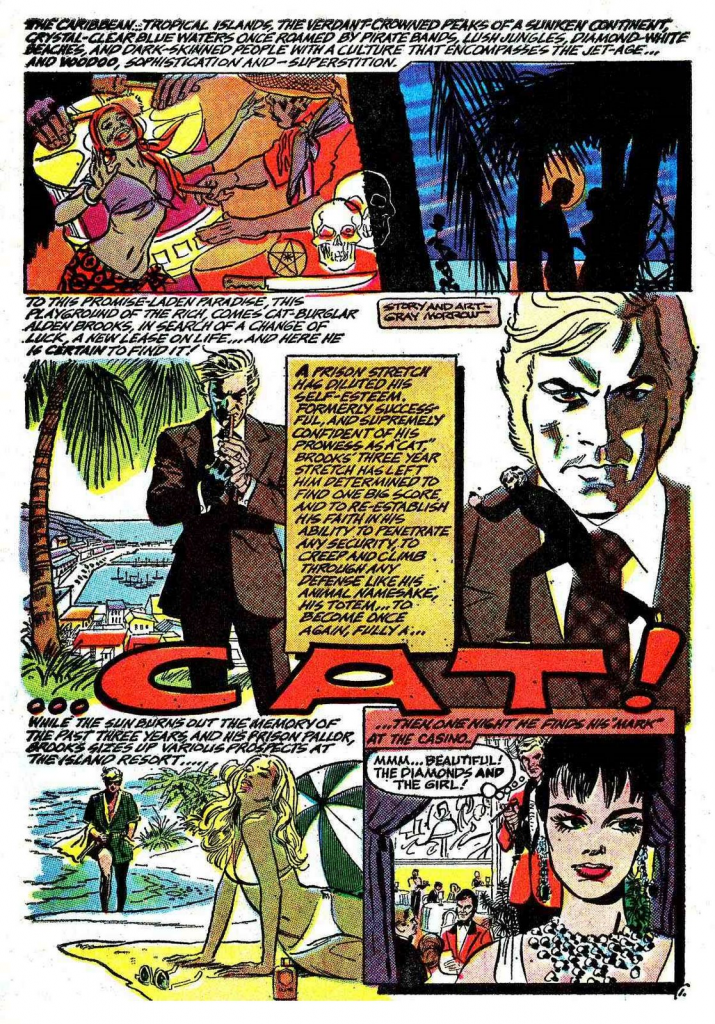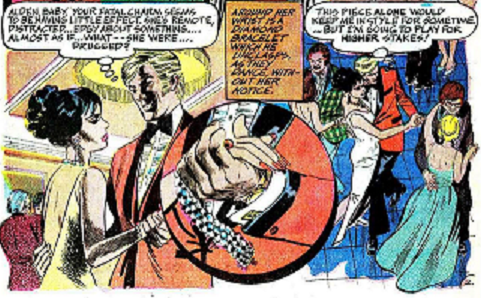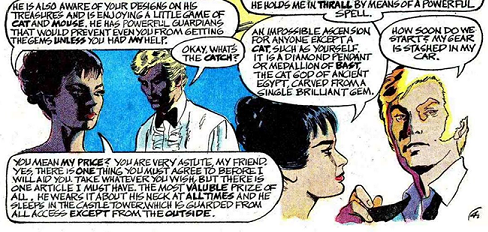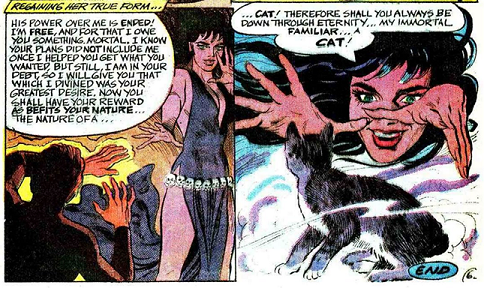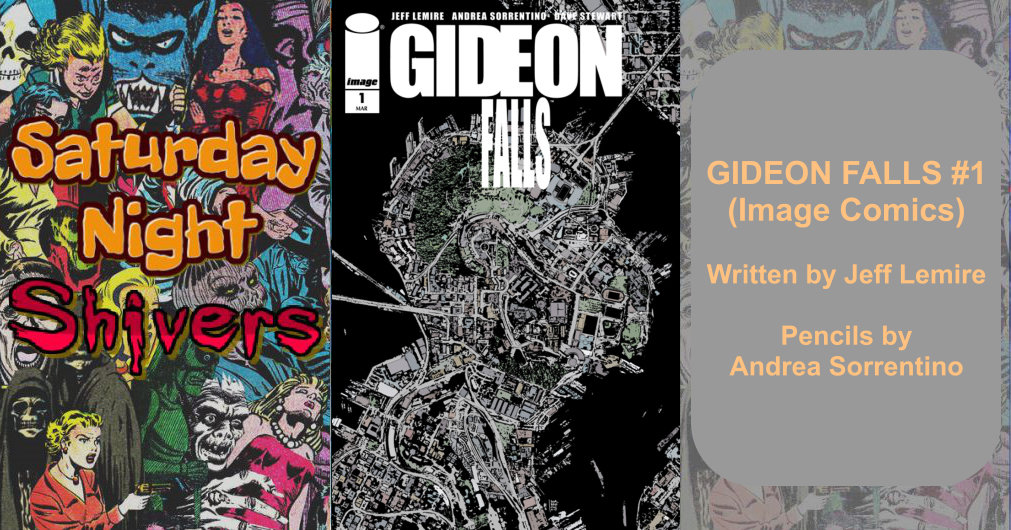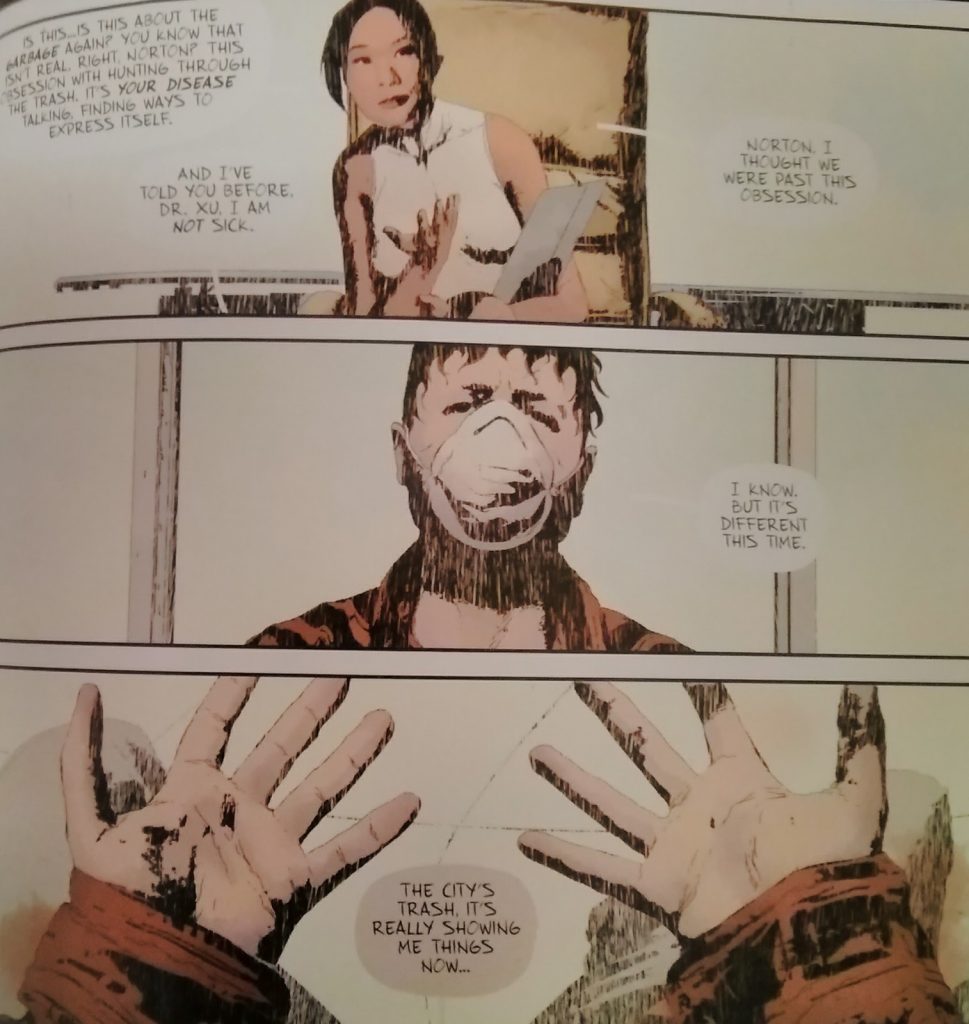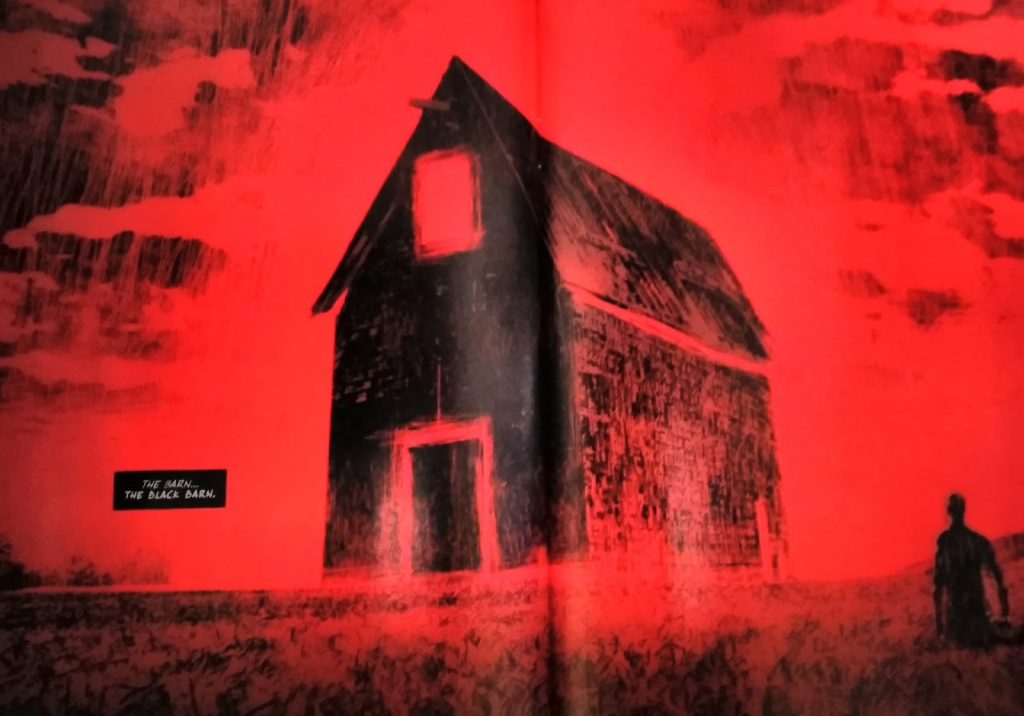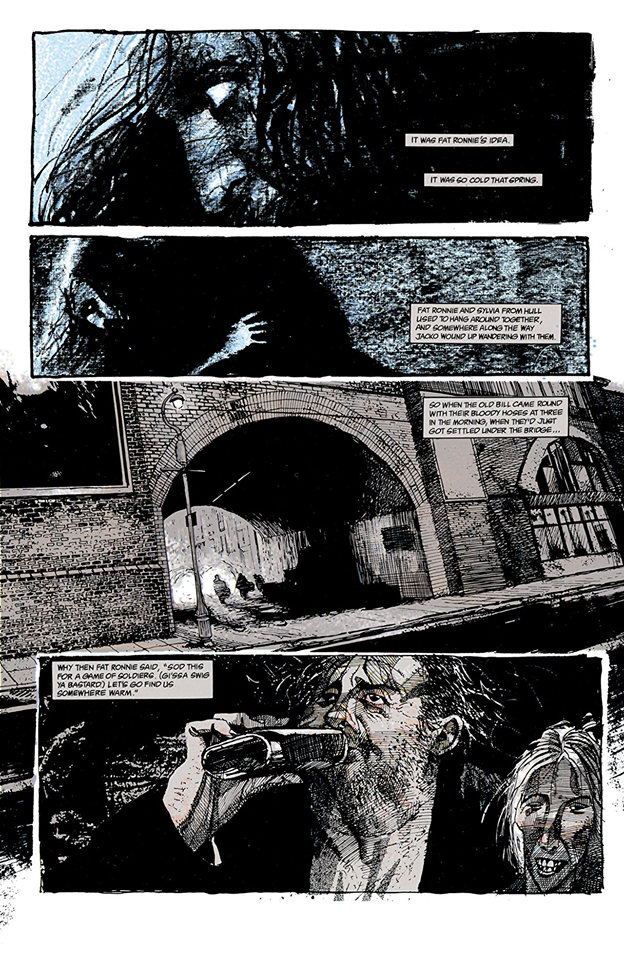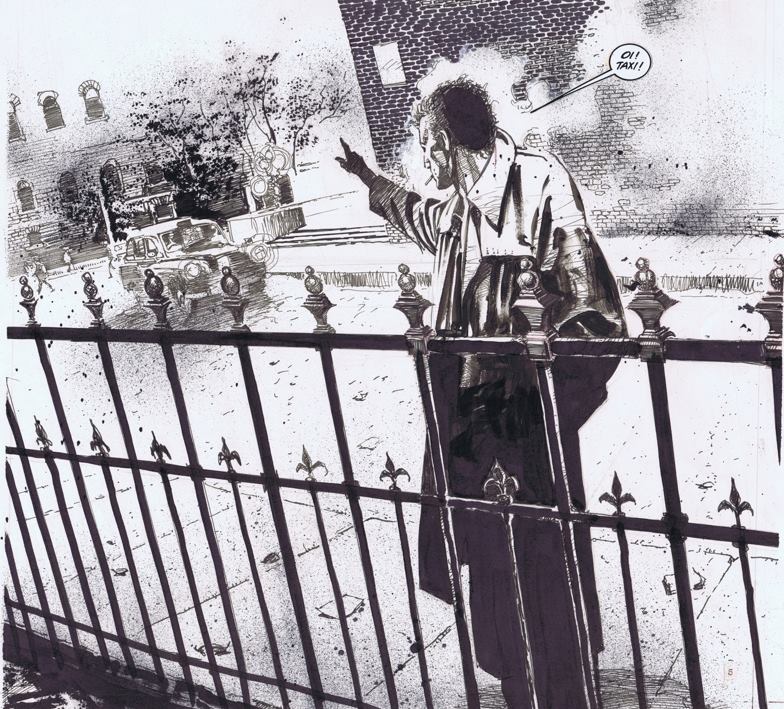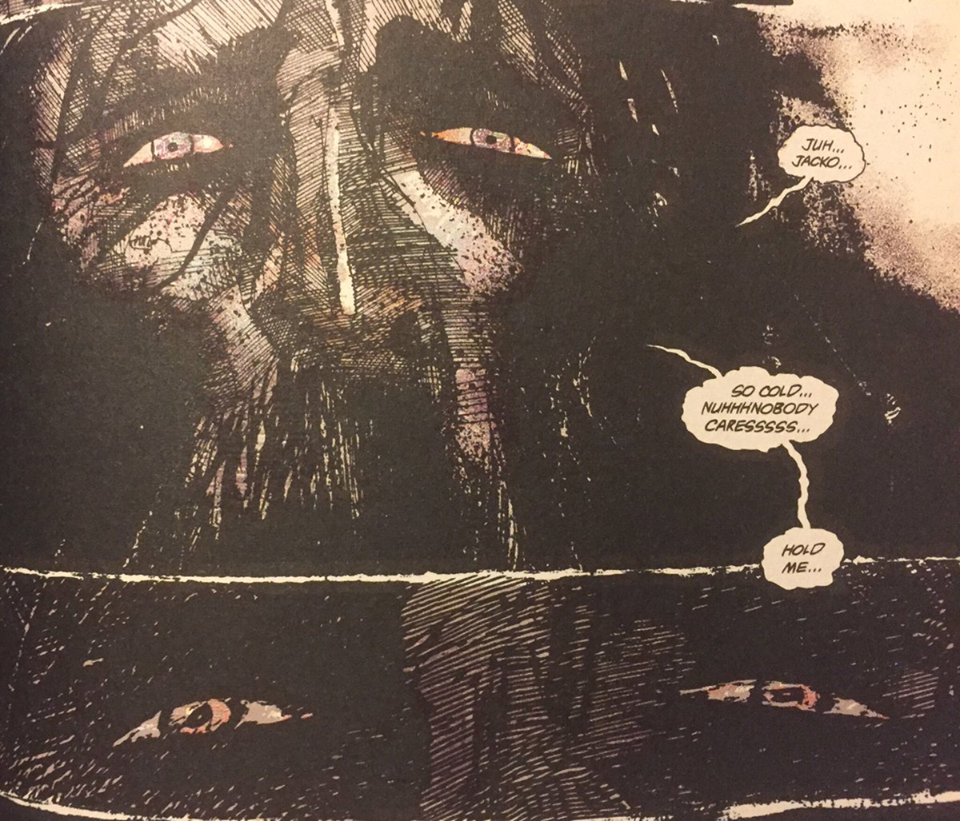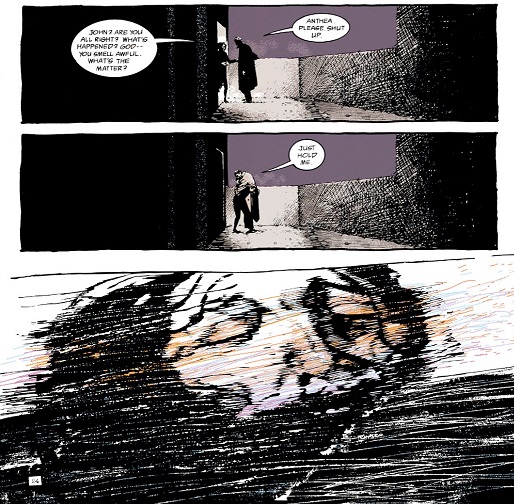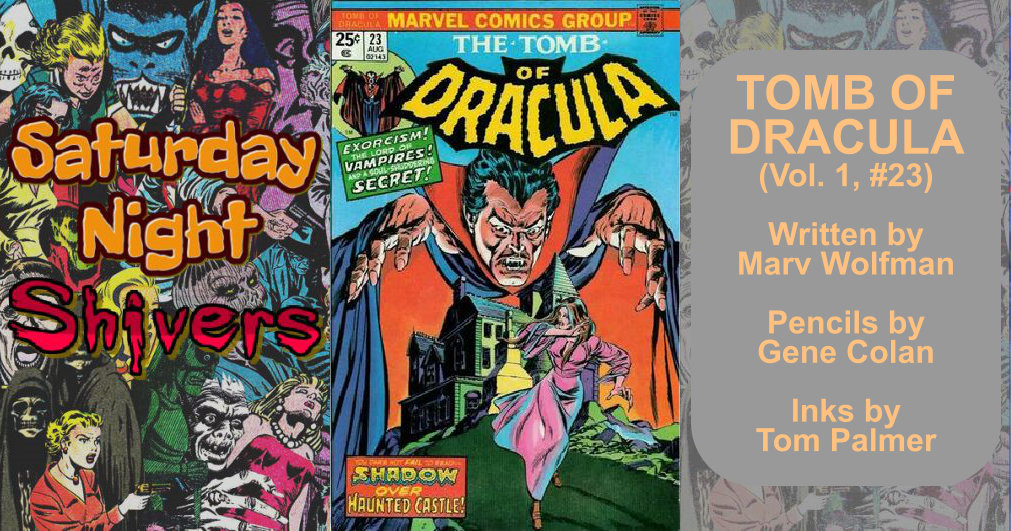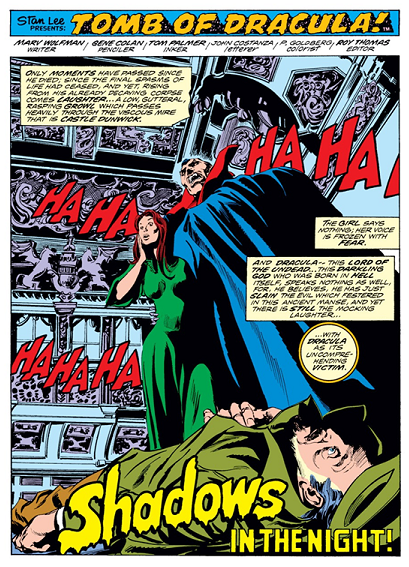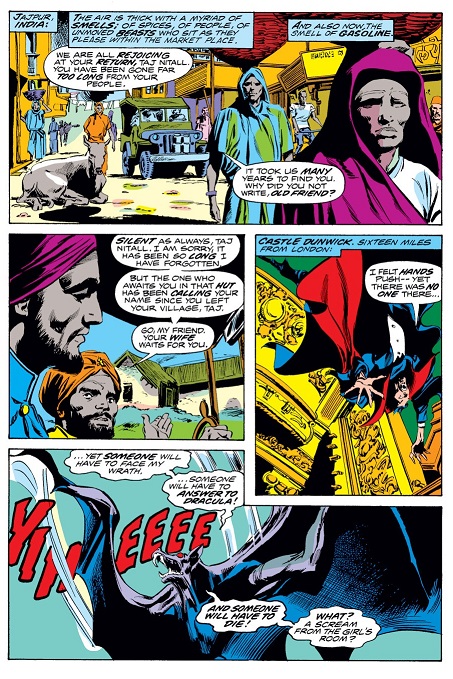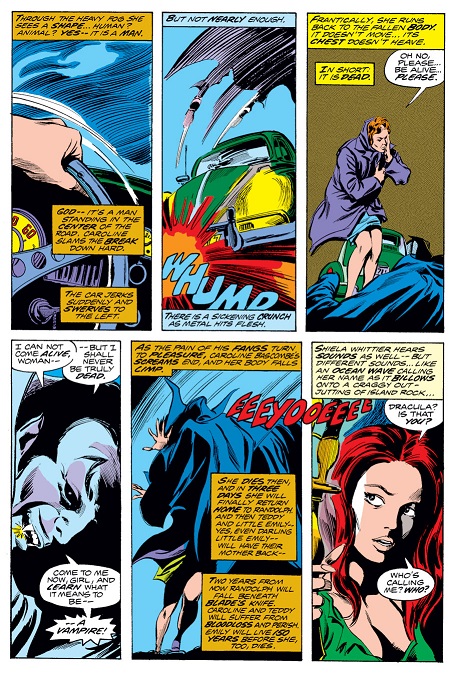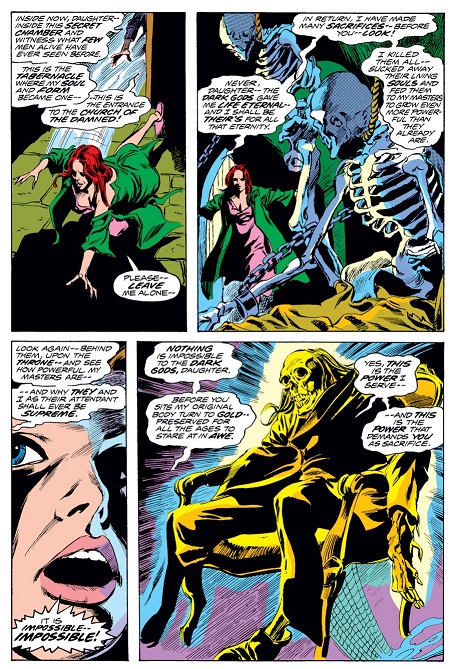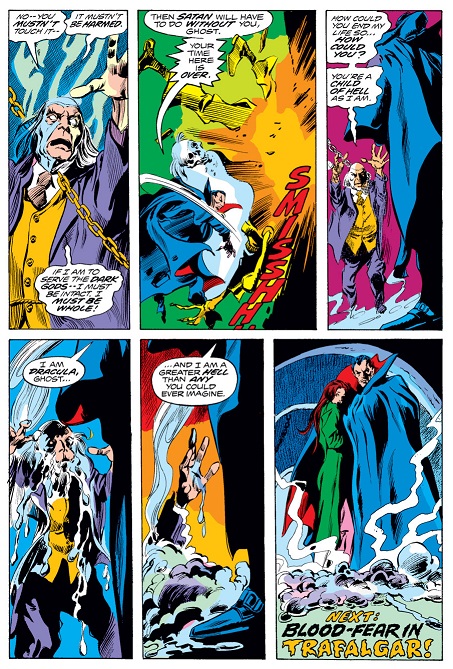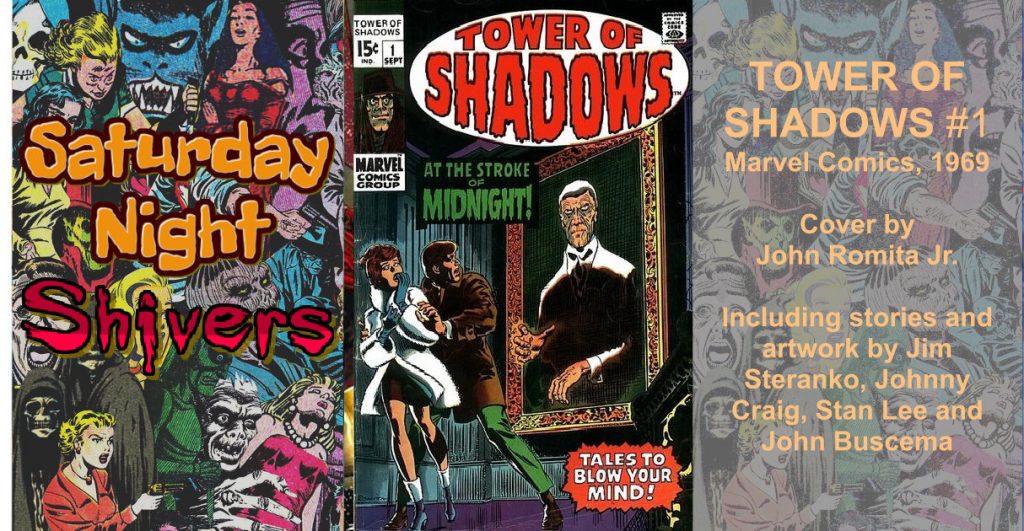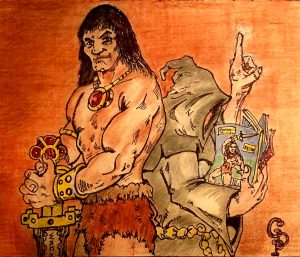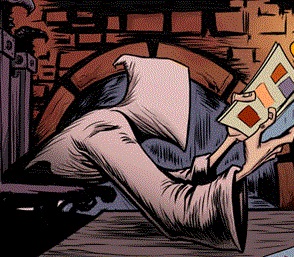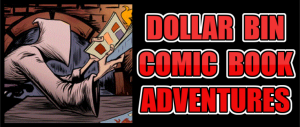(EDITOR’S NOTE: Welcome to Saturday Night Shivers, a feature at Paint Monk’s Library. In the spirit of Elvira, the Ghoul, and other horror movie hosts, we’ll be featuring a review of one classic horror comic each week. Most horror stories we review (with a few exceptions) are from books approved by the Comics Code Authority or from comics that were published before the code was enacted. This installment is written by Bob Freeman.)
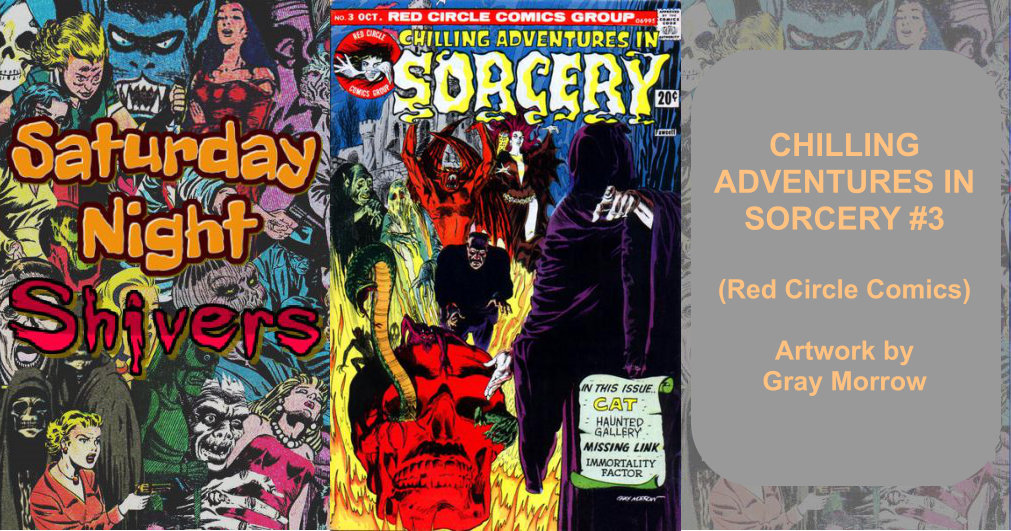
This week, I turn my attention to another horror comic that falls outside of the Big Two, this time looking toward an imprint of Archie Comics called Red Circle and their title Chilling Adventures in Sorcery.
While short-lived, after Chilling Adventures ditched Sabrina the Teen-Age Witch as host, this became a solid comic in the vein of Tales from the Crypt and Creepy, made all the more impressive by Gray Morrow’s stunning illustrations.
Gray Morrow was simply a brilliant illustrator. While his stories tended to be wordy, his panel constructions were reminiscent of the works of legendary cartoonists Hal Foster and Alex Raymond. His comic work tended to read more like a Sunday Newspaper Strip than what comics had evolved into, and for me, as a fan of those early Prince Valiant and Flash Gordon strips, I was completely sold.
Morrow was a competent writer and editor, but as an artist, he was without question, one of the greats, even if, today, he is largely unsung. Issues #3-5 of Chilling Adventures in Sorcery are fine examples of Morrow’s brilliance and I invite you now to read my review of issue #3’s thrilling horror/heist yarn, “Cat!”
Review: Chilling Adventures in Sorcery #3
Alden Brooks is a former cat-burglar, just returned to the world after a three year stint in prison. Brooks is looking for a big score to rebuild his confidence and travels to a plush Caribbean Resort to find his mark.
In the Resort Casino, Brooks sets his sights on Señor Atalan and his niece, Consuelo. Asking the beautiful young woman to dance, the thief easily lifts a valuable diamond bracelet off her wrist.
Sensing a bigger payday, Brooks pretends to find the bracelet on the floor, returning it to the young lady and delivering her to her uncle. Consuelo shares with her uncle the good fortune of Brooks “finding” her lost bracelet. To show his gratitude, Atalan invites Brooks to his castle and promises to show him his extensive collection of precious gems and jewelry.
After a tour of the castle, Brooks takes a walk with Consuelo who reveals she was aware of his ruse all along. It turns out she wants to escape her uncle, calling him a madman who believes he is a sorcerer and an alchemist. She encourages the cat-burglar to loot the castle, with her help and promises him his greatest desire. In exchange, all she wants is the Egyptian necklace her uncle wears around his neck. Brooks agrees.
Brooks scales the tower and slips into Atalan’s bedchamber which is filled with priceless artifacts. He steals the necklace from around the alchemist’s neck, but Atalan awakens and confronts the burglar.
Consuelo appears and transforms her “uncle” into a cobra, then turns herself into a mongoose. She kills the sorcerer and returns to human form. Brooks is stunned, but Consuelo agrees to keep her end of the bargain, giving the thief his greatest desire — and transforms him into a cat.
Alden Brooks, notorious cat-burglar, has become a cat for real and cursed to serve a witch as her familiar for all eternity.
CAPSULE REVIEW: “Cat” is a prime example of the kind of work you could expect from Gray Morrow. A consummate illustrator, “Cat” is stunning to look at. As far as plots go, Morrow had a tendency to put his own spin on what some would consider “tired tropes”, but considering the audience for comics in the sixties and seventies (predominately pre-teen boys) these were solid adventures that delivered the goods.
With “Cat” I believe you’ll find the brevity of the page count hurts the story as the end comes along too quickly. The story could have used a few more pages to flesh out what was really a classic heist tale with a clever pulp twist at the end. The climax is hindered by being squeezed in on a single page, lessening the impact of the witch’s double-cross.
Still, all-in-all, my fond memories of this tale from my childhood were not diluted by revisiting it now, some 45 or so years later.
Morrow was a masterful artist who should be spoken of in the same breath as the legends of comic creators. Sadly, this is just not the case. He should be heralded alongside those artists that he emulated — Foster, Raymond, Hogarth, and others.
On a scale of 1-10, I’d rate this issue a 7.5. On eBay, this issue was available between $5-10.


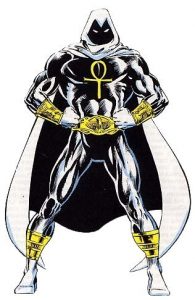




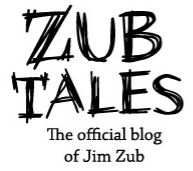

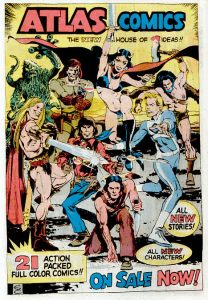

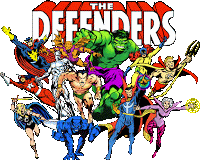


 December 14th, 2019
December 14th, 2019 

